A sport for purists with pretty pockets? Here's how we change those perceptions
Ali Amersy on what racing can learn from other sports to attract a new audience
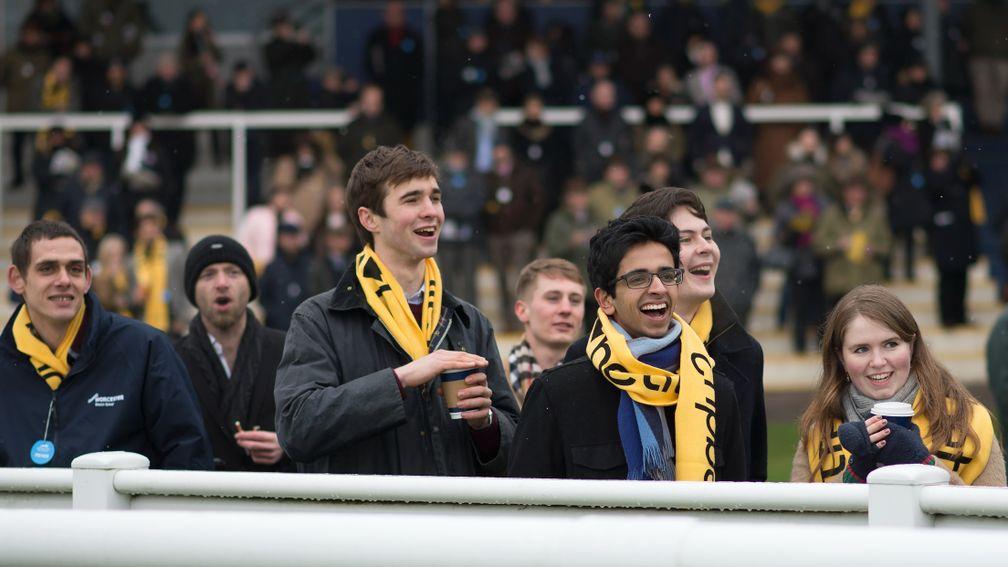
Close your eyes for a brief moment and think about what you see when you go to a racecourse. Old men in suave suits with a pint in the right hand and a betting slip in the left. This was what came to my mind before I stepped into the industry.
Friends of mine had similar views. One said racing was a sport for "purists with pretty pockets" and another described the experience as "bank-breaking".
And so I ask you: is this how we want British racing to come across to an outsider?
In recent years, other sports have managed to shake off long-held stigmas to attract younger fans – boxing and mixed martial arts (MMA), previously frowned upon because of their violent nature, now have growing popularity and participation among young fans, having successfully marketed themselves as fuelling discipline and productivity – and racing must now do the same.
The sport has yet to fully tap into the younger generation and its future success depends on successfully capturing this younger fanbase – one made up of people like me.
I'm a 20-year-old Londoner, now in Manchester studying International Relations and Politics while juggling being a sports promoter trying to help young people towards a path of discipline.
I've always felt a connection with horses and Karachi Race Club in Sindh was the first racecourse I ever visited. I got into the British racing scene last October, stumbling upon the BHA's Step On Track programme, and I'm now a member of the inaugural Racing Media Academy devised by Josh Apiafi and Lee Moulson.
Both these opportunities target getting people from diverse backgrounds to experience racing and show the immense number of opportunities for both yard and non-yard based work. And it worked! The schemes not only allowed me to involve myself in such a great sport but also motivated me to work in the industry and get my first internship at the Racing Post.
But getting into the industry seemed accidental at first, rather than intentional. Racing needs to improve the quality and scope of its marketing to reach younger people convincingly and provide incentives for that demographic to get involved.
As part of that demographic, I'm well placed to explore how racing can attract this newer, younger audience. And, as someone involved in the type of sports that have done this successfully – my promotional company has nurtured young, up-and-coming talent in Sindh and Balochistan and is now looking to do the same in England, originally focusing on MMA, boxing and football – I can also identify what racing can learn from them.
I would love the sport to become more accessible to everyone, regardless of age, colour and any other label.
Promotion, promotion, promotion
"The razzmatazz is important!" says Eddie Hearn often and, while it might be an unpopular opinion, racing needs such a figure with a twinkle in their eye to change the landscape of the sport.
The son of Barry Hearn, and heir to the Matchroom Sports empire, Eddie has grown up seeing his father take sports promotion to the next level in areas broader than just boxing, also transforming snooker and darts. With such an upbringing, he knows more than a thing or two about bringing sport to the masses.
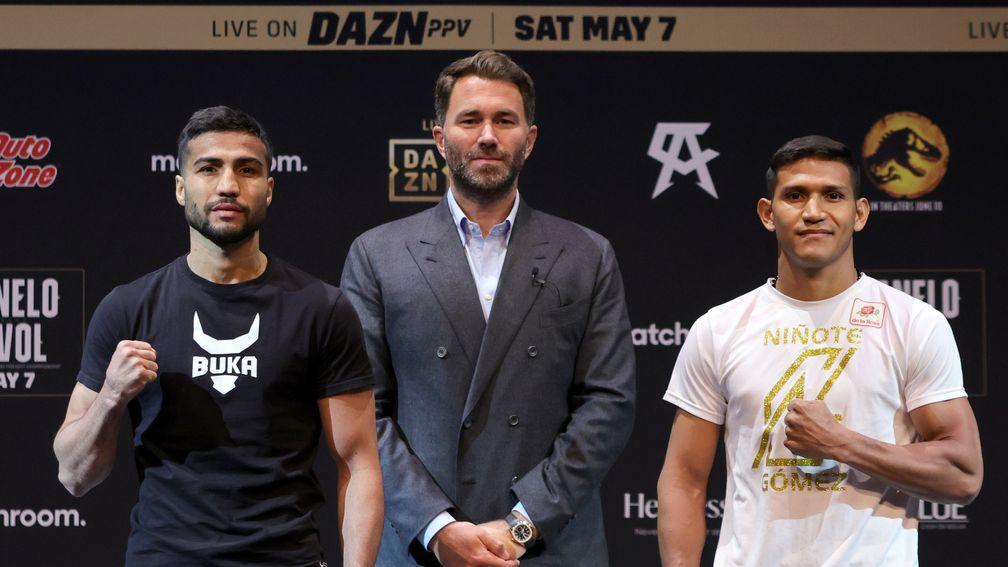
Hearn's latest move has been to harness the power of social media influencers and YouTubers, such as the fight between KSI and Logan Paul which generated more than 1.3 million pay-per-view buys and captivated a new fan base. Older readers might not know about those two but ask anyone under the age of 25 and I'm sure you'd get a detailed brief – they amass millions of followers on social media. The influencer space is huge.
Racing saw some of this when music sensations Drake and Jack Harlow filmed a music video at the Kentucky Derby which gained four million views on YouTube in under 48 hours. This was a major talking point for the event and created discussion of the racing itself, highlighting it in the mainstream media and resonating with young social media users.
But in general, there is very little crossover between influencers and racing. Chris Hughes and Frankie Foster have been used on TV following their Love Island fame, but more relatable faces are needed. And, as far as TV audiences are concerned, there is certainly room for them in the coverage as racing needs to find something to fill the gaps between races.
The way a sport like cricket has evolved from the emphasis being on five-day Test matches to a shorter, much punchier structure like Twenty20 shows the attention span among a younger crowd is far shorter than in the past. The new generation simply doesn't have the mindset for it. They need the drama, the action and the glory all as quick as they can get it. Unfortunate? Yes, but that's just the way it is.
With half an hour or more between races, people watching from home need a reason not to flick to Netflix and forget about the racing. We can produce educational videos with eyecatching visuals or cinematic short clips but the appeal of these would be greatly enhanced with the increased involvement of influencers.
At the same time, though, it is also crucial to bring racing's own superstars like Frankie Dettori, Hollie Doyle and William Buick into the picture. Presenting the biggest racing personalities to the masses alongside the influencers would gain a lot of fans if done frequently enough and the sport should look to market these stars far more effectively, as MMA has done with its fighters, helping to turn someone like Conor McGregor into a global star.
As Eddie has been harnessing influencers, his father Barry has succeeded in marketing darts, in particular, as a night out with a fun, friendly atmosphere, something we are seeing racing try to duplicate.
But, just as it's important to bear in mind the likes of Dettori, Doyle, Buick and other racing stars alongside the influencers, promotion of the raceday experience should also go hand in hand with keeping the horses as the main attraction, and everything that follows such as live music, food and drink should be seen as an add-on rather than the focus.
For example, while the recent Everyone's Turf campaign unveiled by Great British Racing did well to get a well-known and relatable face like Jermaine Jenas involved, wouldn't it have been great to have Baaeed also featured, flagging up the fact the world's best horse is trained in Britain?
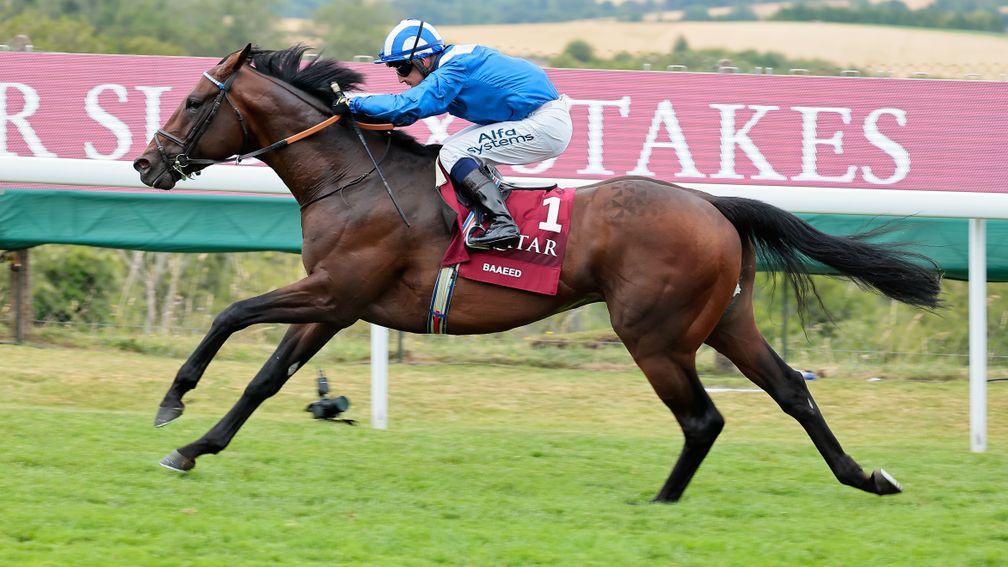
One area that does really bode well for the sport is the possibility of a Netflix series in the mould of Formula 1's Drive To Survive. Formula 1 has been another prime example of evolution in a sport. The Liberty Media buyout left Bernie Ecclestone's way of promoting in the dust and the success of Drive To Survive helped engage a new and young audience to the sport in a new format. Perhaps Netflix could do the same for racing.
Bang for your buck
It won't have escaped your notice that things are getting expensive at the moment and a day at the races can be seen as quite extortionate to young people considering a first-time trip. Do you actually get your money's worth?
I've been to big meetings such as Royal Ascot and the Grand National, and then midweek meetings at Lingfield, Chester and Haydock. The difference in the sense of occasion was astronomical and, while the smaller meetings do cost less, charging around £20-£25 for tickets is clearly still too much judging from the attendance figures.
It should be pointed out that racing is far from alone in issues over pricing. I've paid £35 for a local boxing show at a three-star hotel, and the same amount for a Cage Warriors event, one of the world's biggest MMA promotions. It just goes to show that pricing for sporting events is unpredictable, but that isn't to say racing shouldn't address it; on the contrary, it provides a potential gap in the market. With consistent pricing that attracts racegoers, and also satisfies their expectations, attendance at events can start going up.
So how do we get people to go to less popular meetings? Well, the answer is quite simple: entice them. We need to hook first-time racegoers and the best way to do that is free tickets, discounts, and other forms of commercial bribery. There is a reason free sampling is such a popular and globally used marketing strategy: it works.
Schemes like the Jockey Club's Racepass for 18-24-year-olds or Rewards4Racing should be heavily supported and promoted to tackle cost factors. Both these schemes allow for a racegoer to utilise their tickets to the maximum either by earning points based on activity and bets, or simply giving discounts on racedays for younger fans.
I have less issue with how meetings like Royal Ascot are priced. I experienced opening day at Ascot for the first time this year and the atmosphere was exhilarating. The theatrics are on a par with an Anthony Joshua fight or an England match at Wembley.
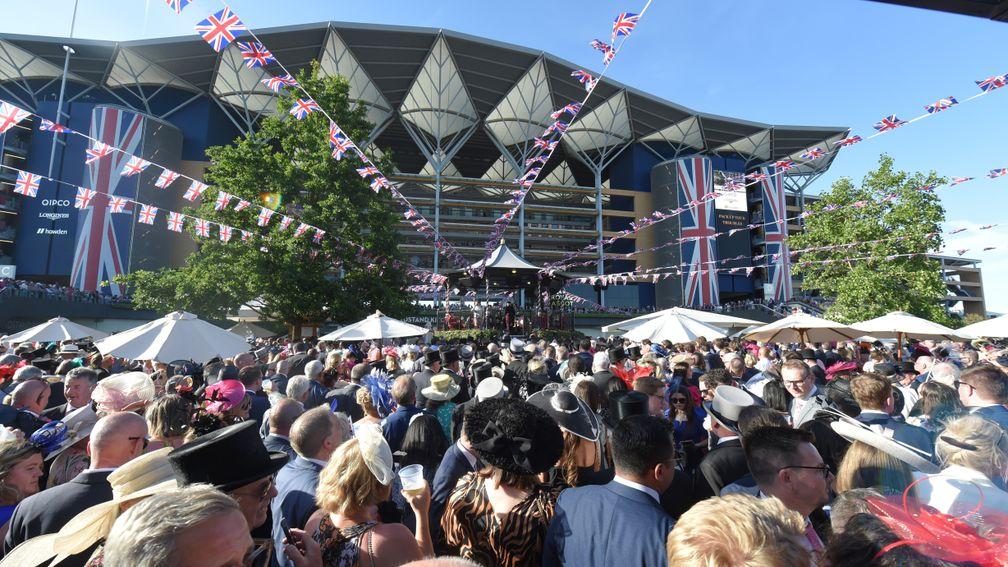
But a novice racegoer would not necessarily know what to expect and might be put off, so a potential solution might be to devote a certain number of tickets to newcomers on the Racepass or Rewards4Racing schemes at discounted prices to give them a taste of something like Royal Ascot. This will not only allow new racing fans to feel the hype of Royal Ascot week but the electric atmosphere would open the doors for Ascot to retain those customers at normal fixtures.
Unfortunately, though, getting people through the gates is only part of the issue with pricing. Some racegoers might pay a certain amount for one enclosure, not knowing what the difference is in access, and then be made to feel inferior when they get stopped if crossing the 'territorial lands' and redirected towards the area their ticket is restricted to.
One can argue that all sporting events have different areas with allocations and various prices, but with racecourses being 'open plan' and so collective as a whole, the sport perhaps needs to cut down on the numerous enclosures. At the very least, having a ticket that doesn't even allow access to the paddock, which obviously prevents people even seeing the horses close up, defeats the whole point of newcomers coming to the races and needs to stop.
Diversity and inclusion
"Racing is like a chameleon," says Apiafi. And I agree with the statement as it can shape to become whatever it wants and is adaptable to the eyes of the beholder. The more it is pitched to young sports fans from different backgrounds, the more it will have people following.
"It is important to get people's feet through the door," Apiafi adds, stressing the point that "racing is for everyone".
A recent incident that faced heavy criticism on Twitter came when two racegoers were refused entry to Sandown's Premier Enclosure based on white trainers. Yes, that's correct, trainers. Now I'm all for the fancy dress codes consisting of suits, ties and the lot as it can be charming and elevate certain occasions, but it's only justifiable at meetings such as Royal Ascot or the Derby when tradition is so central to the event. New racegoers are likely to be deterred from going racing with such strict dress codes at normal meetings like the one at Sandown.
We saw more negative coverage recently regarding the all-male black-tie dinner in Derby week attended by hundreds of racing dignitaries, which was rightly castigated as being "anachronistic and disrespectful to women". But this isn't what racing has been like to me. It's just a shame such events discredit so much good work being done to push diversity and inclusion in the sport, and it's time all stakeholders in the sport, whether major or minor, call out any such events.
I attended the Qipco Hall of Fame Awards with the Racing Media Academy members on invitation and, although we momentarily felt out of place, we soon warmed to the atmosphere and felt a part of the racing fraternity very quickly. I was hesitant at first, knowing I was an outsider to the sport, but after talking to familiar faces like Rod Street, being introduced to racing veterans and big names like Dettori, it was like I truly did belong here.
Initiatives like the Racing Media Academy, the Step on Track Programme and the Khadijah Mellah scholarship are paving ways for underrepresented communities to break into racing. My own path into the sport through two of these schemes shows what a positive impact they can have in integrating other communities to the sport.
The Racing Foundation has done a huge favour to the racing community by supporting such programmes and slowly they are succeeding in presenting a vision of racing being more open and hospitable to diverse communities in the UK, although mirroring schemes like the Premier League's South Asian Action Plan or the England and Wales Cricket Board's (ECB) action plan to tackle racism and discrimination could also be considered so that no stone is unturned.
Another great initiative surfacing in the industry is the Rio Ferdinand Foundation's partnership with the Jockey Club, aiming to help young people from some of England's most disadvantaged communities to learn about the industry and potentially find employment within it. This shows the racing industry is evolving with the times to implement diversity and inclusion; more of this would be appreciated.
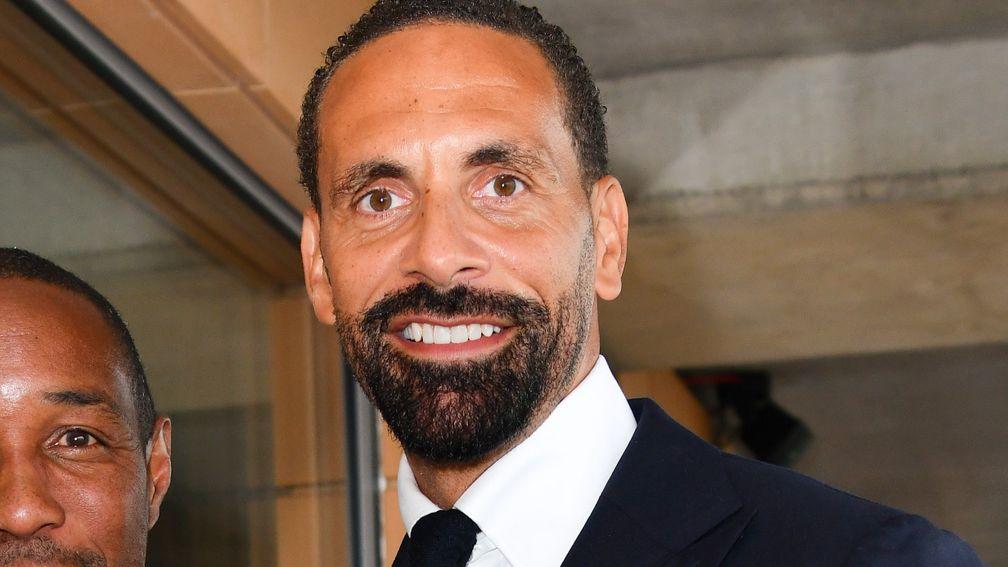
Like other sports, racing has often been seen as struggling with diversity and inclusion in its leadership positions, but that is also something which is improving with the appointments of Brian Finch as chair of Epsom and Sulekha Varma as clerk of the course at Aintree. These positions of power are being awarded on merit and now the sport just needs to avoid shooting itself in the foot and get its positive picture on diversity and inclusion across.
Perhaps this could be done with an initiative like Culture Days to act in the same way as ladies' days. A video blew up on social media recently of a Sikh family wearing their traditional turbans at a Liverpool game, and it not only received praise from the Sikhs watching at home but many football fans as it emphasised the multiculturalism that football has to offer and showed how sport can bind people from different backgrounds together.
With such a wide community that racing possesses, from Europe to the Middle East, South and Far East Asia to Australia, it is not only in the interest of us as racing fans but also the major stakeholders in the sport to bring that forward and show how diverse the community is.
So what can racing learn?
Racing offers so much that you want in a major sport. There is drama, adrenaline, competitiveness, raw human emotion and rivalries. But there are things it can learn from other sports in order to thrive.
My main takeout since getting involved in the sport is that it has so many great things to offer and just needs to get its message out there more. This can be done through much smarter promotion, using influencers to connect to younger audiences without neglecting the horses and jockeys, keeping costs down to get newcomers through the gate and then restricting their movements far less once inside, and continuing to spread the message on diversity and inclusion.
But to implement a successful strategy, a centralised system is needed in British racing just like a UFC-type (ultimate Fighting Championship) model. CEO Dana White pulls all the strings in an autocratic manner, and it does seem to work. It not only enforces a clear vision but also empowers charismatic leaders who defend the sport to onlookers and critics.
As I've learned since following the sport, change on any scale is hard to implement given the way British racing is governed, let alone change on this scale. But the first step is to get the sport working together in unison and, once we achieve that, I'm sure racing will have a bright future with not just my generation but for a long time to come.
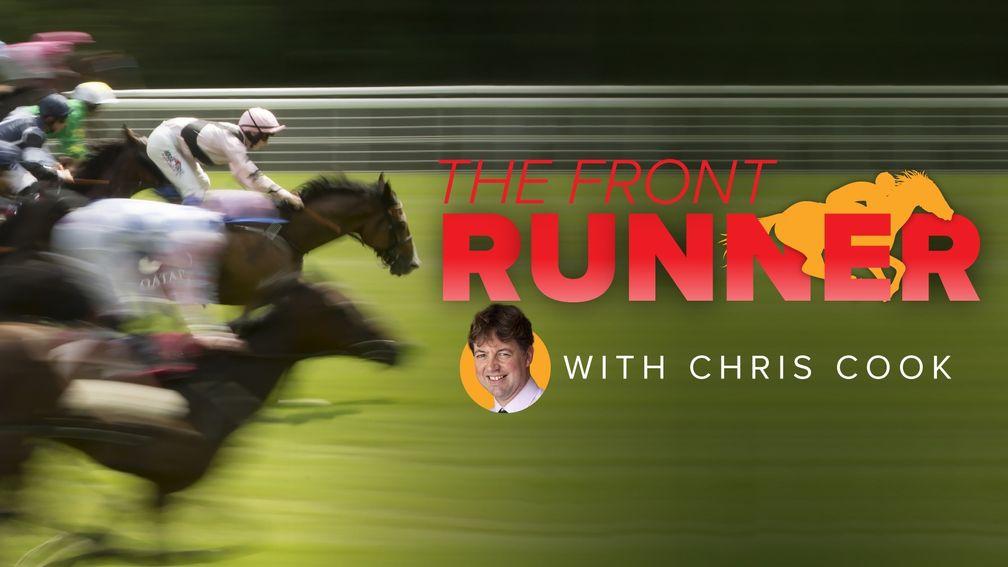
The Front Runner is our latest email newsletter available exclusively to Members' Club Ultimate subscribers. Chris Cook, a four-time Racing Reporter of the Year award winner, provides his take on the day's biggest stories and tips for the upcoming racing every morning from Monday to Friday
Published on 6 August 2022inFeatures
Last updated 12:57, 7 August 2022
- Government says it is working 'at pace' to have white paper measures in force by the summer
- 'The only thing you can do is lie fallow and regroup' - Meades to return with scaled-back operation following blank period
- The Gambling Commission has launched its new corporate strategy - but what are the key points?
- 'It was tragic it happened to Paddy but it was a good thing for the jockeys who followed - good came out of bad'
- Acquisitions, exits and retail resilience - what we learned from Flutter and 888's results
- Government says it is working 'at pace' to have white paper measures in force by the summer
- 'The only thing you can do is lie fallow and regroup' - Meades to return with scaled-back operation following blank period
- The Gambling Commission has launched its new corporate strategy - but what are the key points?
- 'It was tragic it happened to Paddy but it was a good thing for the jockeys who followed - good came out of bad'
- Acquisitions, exits and retail resilience - what we learned from Flutter and 888's results